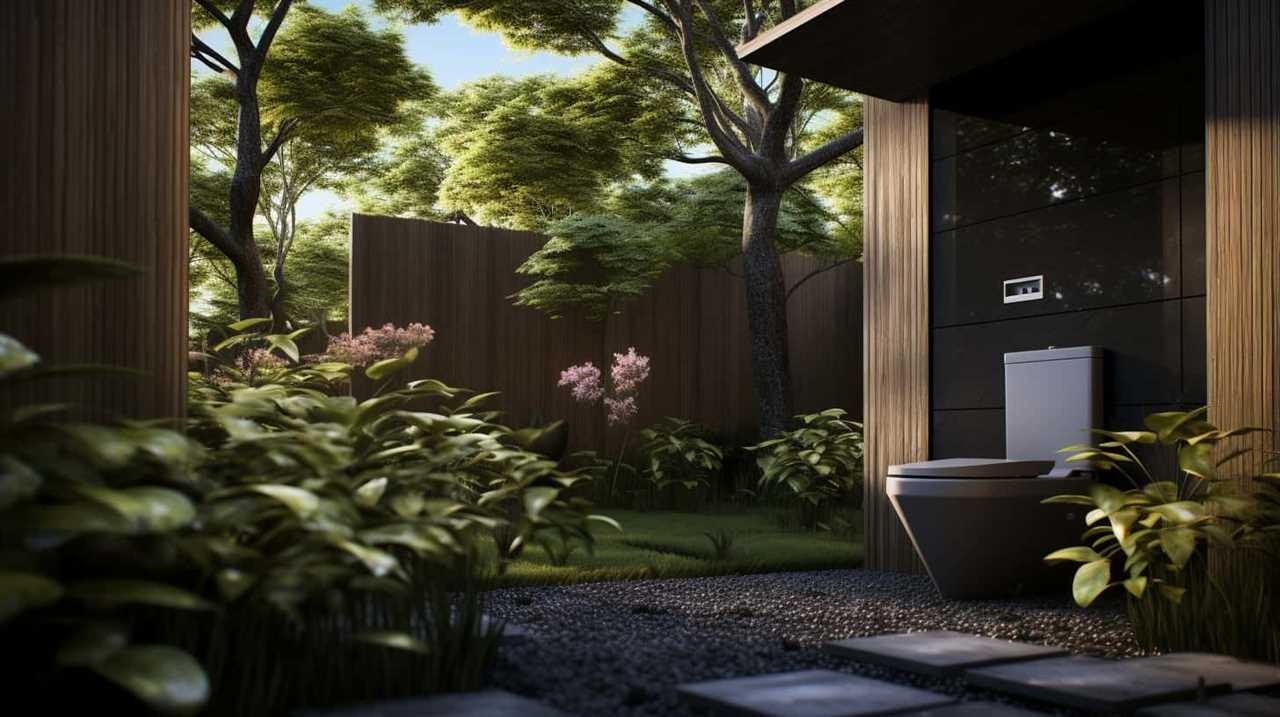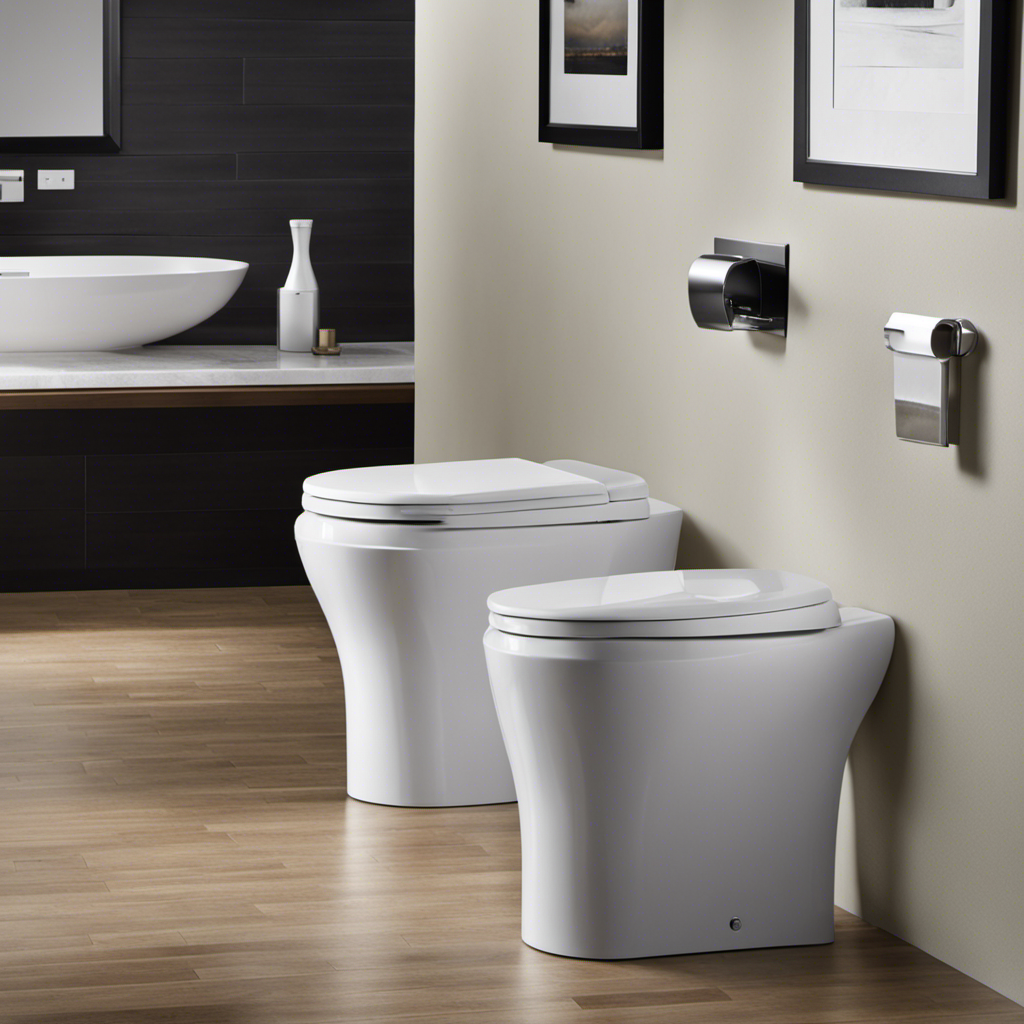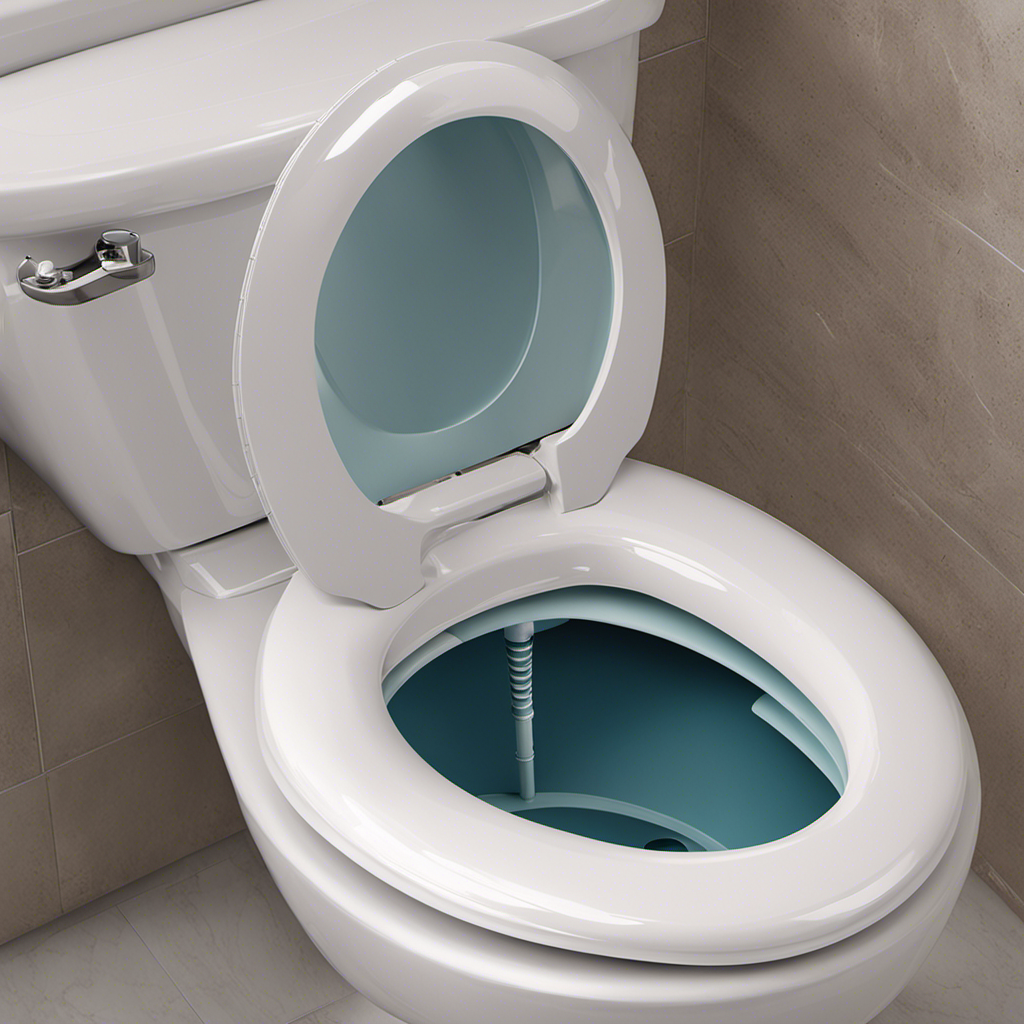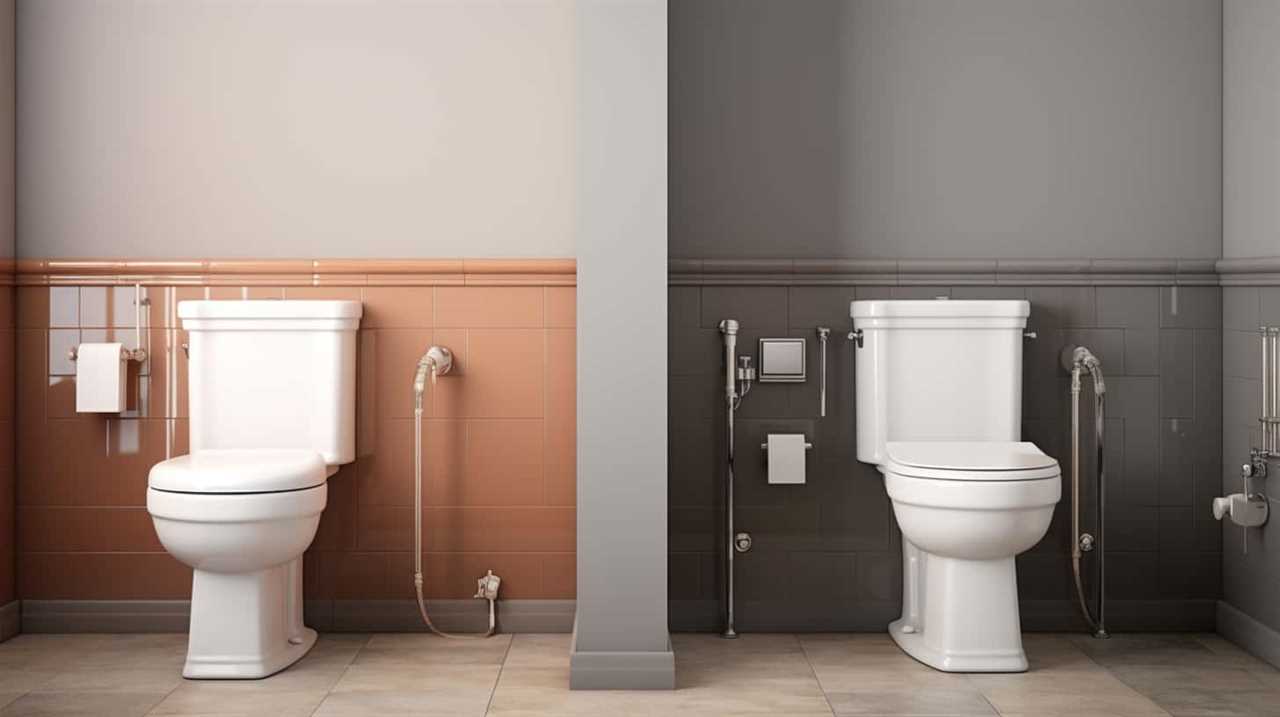Ever wondered why our toilets seem to take an eternity to flush? Well, we’ve got the answers you’re looking for.
There are a few common culprits behind this pesky problem, such as a faulty flush valve, low water pressure, partially clogged pipes, a malfunctioning fill valve, or even insufficient water supply.
In this article, we’ll delve into the technical details and provide you with the information you need to master your toilet’s flushing speed.
Let’s get started!

Key Takeaways
- Faulty flush valve and inadequate water flow can contribute to longer flushing time.
- Low water pressure can affect flushing efficiency and may require troubleshooting and potential installation of pressure booster pump or pressure-reducing valve.
- Partially clogged pipes can lead to slower water flow during flush, longer flushing time, and toilet bowl stains.
- Malfunctioning fill valve can disrupt water flow during flush, result in insufficient water for a strong flush, and prolong the time between flushes.
Faulty Flush Valve
A faulty flush valve can greatly contribute to the extended duration between flushes in our toilets. When the flush valve isn’t functioning properly, it can result in inadequate water flow, causing the toilet to take longer to flush. This can be frustrating and inconvenient for anyone using the toilet.
One common issue with a faulty flush valve is toilet tank leakage. When the valve fails to create a proper seal, water can leak from the tank into the bowl, leading to a decrease in water pressure during the flush. This reduced pressure can significantly impact the flushing efficiency, resulting in a longer flush time.
Therefore, it’s essential to address any problems with the flush valve promptly to ensure optimal toilet performance.
Low Water Pressure
To address the issue of low water pressure, we need to examine its impact on the flushing efficiency of our toilets. Low water pressure can significantly affect how well our toilets flush, leading to longer flush times and potential clogs.
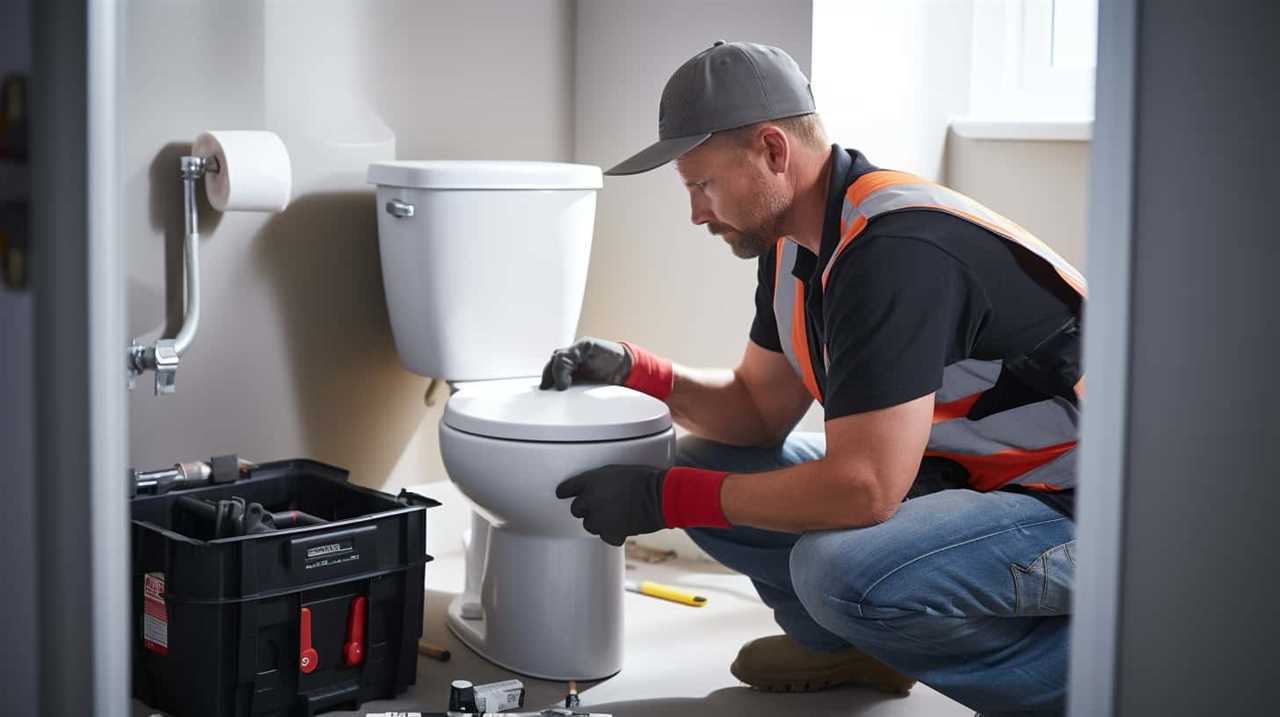
Here are some water pressure troubleshooting tips and DIY solutions to improve the flushing efficiency of your toilet:
- Troubleshooting low water pressure:
- Check water pressure at other fixtures in your home to see if the issue is isolated to the toilet.
- Inspect the water supply line and valve for any obstructions or leaks.
- DIY solutions for low water pressure:
- Clean or replace clogged aerators or showerheads to improve water flow.
- Install a pressure booster pump or a pressure-reducing valve to regulate water pressure.
Partially Clogged Pipes
How do partially clogged pipes contribute to the extended flushing time of our toilets?
When our toilet pipes become partially clogged, it restricts the flow of water during flushing. This causes the water to move slower, leading to a longer flushing time.
The accumulation of debris, such as toilet paper or foreign objects, can create blockages in the pipes, reducing the water flow even further. As a result, the toilet bowl stains may become more prominent and difficult to remove, requiring extra cleaning efforts.
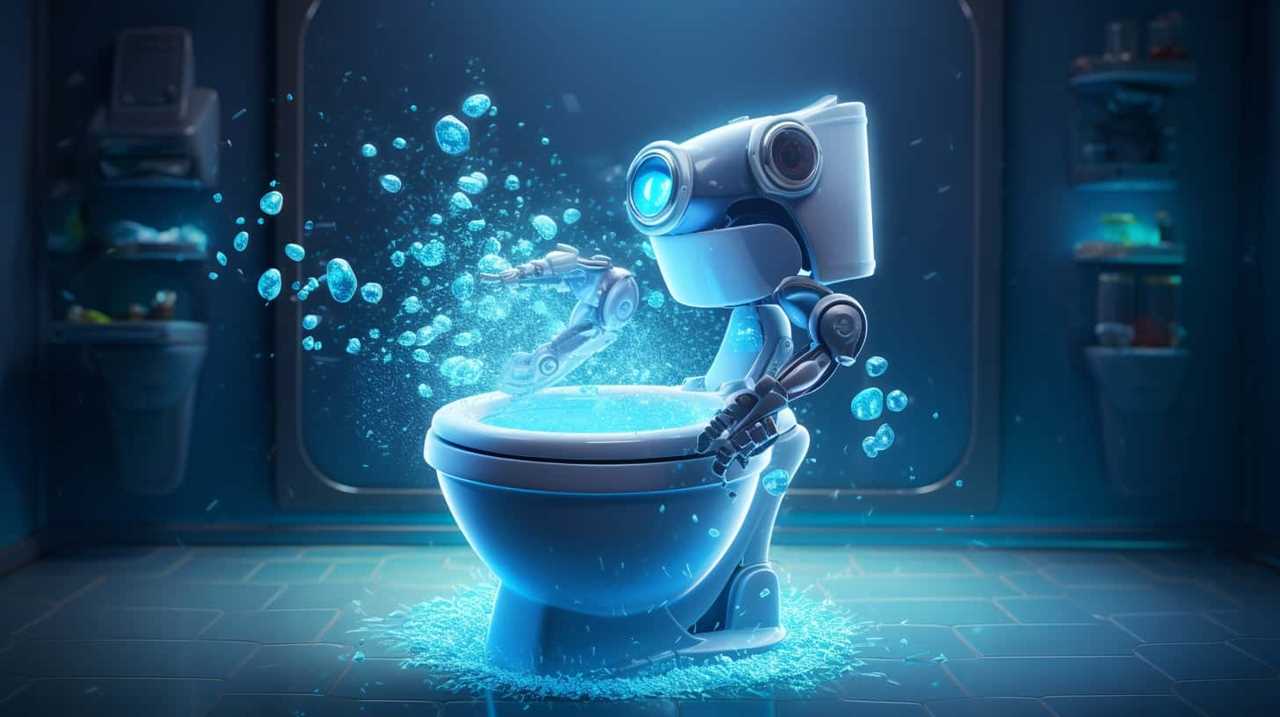
Additionally, partially clogged pipes can also contribute to toilet odor. The slower water flow allows waste materials to linger in the pipes for longer periods, leading to unpleasant smells in the bathroom.
Regular maintenance and timely cleaning of the pipes can help prevent these issues and ensure efficient toilet flushing.
Malfunctioning Fill Valve
Our experience with partially clogged pipes leads us to the next issue that can cause extended flushing time: a malfunctioning fill valve.
A malfunctioning fill valve in a toilet can disrupt the smooth flow of water during the flushing process, resulting in longer flushing times. This can be a frustrating problem, but with proper toilet maintenance, it can be easily resolved.
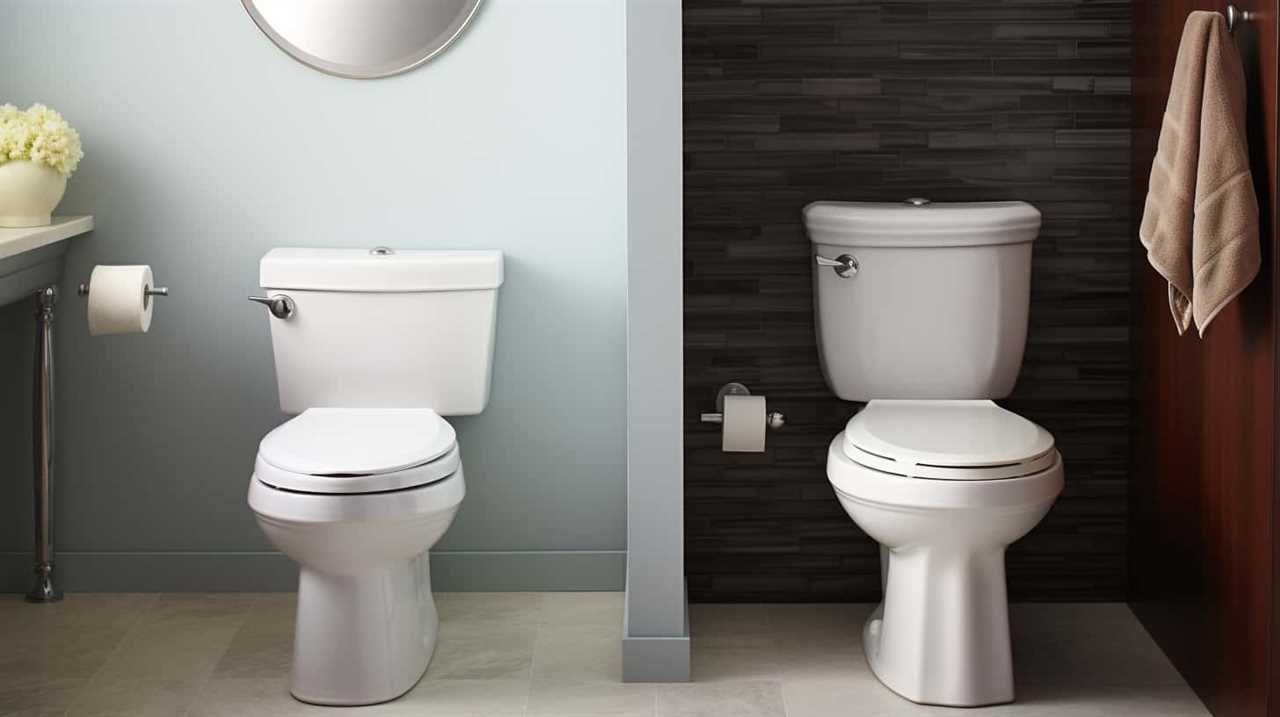
Here are two reasons why a malfunctioning fill valve may be causing your toilet to take longer between flushes:
- Water Conservation
- A malfunctioning fill valve may not allow enough water to enter the toilet tank, leading to insufficient water for a strong flush. This is often done to conserve water, but it can result in longer flushing times.
- Inefficient Refilling
- If the fill valve isn’t functioning properly, it may take longer for the toilet tank to refill after a flush. This delay can extend the time between flushes.
Regular toilet maintenance and addressing any issues with the fill valve can help ensure proper flushing and water conservation.
Insufficient Water Supply
Another factor that can contribute to extended flushing time is a low water supply to the toilet. This issue often occurs in older homes or buildings with outdated plumbing systems.
With the rise of water conservation initiatives and the introduction of water-saving toilets, it isn’t uncommon for toilets to have a reduced water supply. Water-saving toilets are designed to use less water per flush, which helps conserve water and reduce utility bills.

However, if the water supply to the toilet is insufficient, it can lead to inadequate flushing power and longer flushing times. To address this issue, it’s important to ensure that the water supply to the toilet is sufficient and meets the requirements of the specific toilet model.
Frequently Asked Questions
Can a Faulty Flush Valve Be Repaired, or Does It Need to Be Replaced Entirely?
Yes, a faulty flush valve can be repaired, but it may also need to be replaced entirely. It depends on the extent of the damage and the expertise of the plumber.
How Can Low Water Pressure Affect the Flushing Performance of a Toilet?
To increase water pressure in a toilet, check if a pressure regulator is affecting flushing. Low water pressure can impact toilet flushing performance. We will discuss how to address this issue.
What Are Some Signs That Indicate Partially Clogged Pipes Might Be Causing Slow Flushing?
Some signs of partially clogged pipes causing slow flushing include gurgling sounds, water backup in other fixtures, and slow drainage. To improve flushing performance, try using a plunger or contacting a professional plumber.
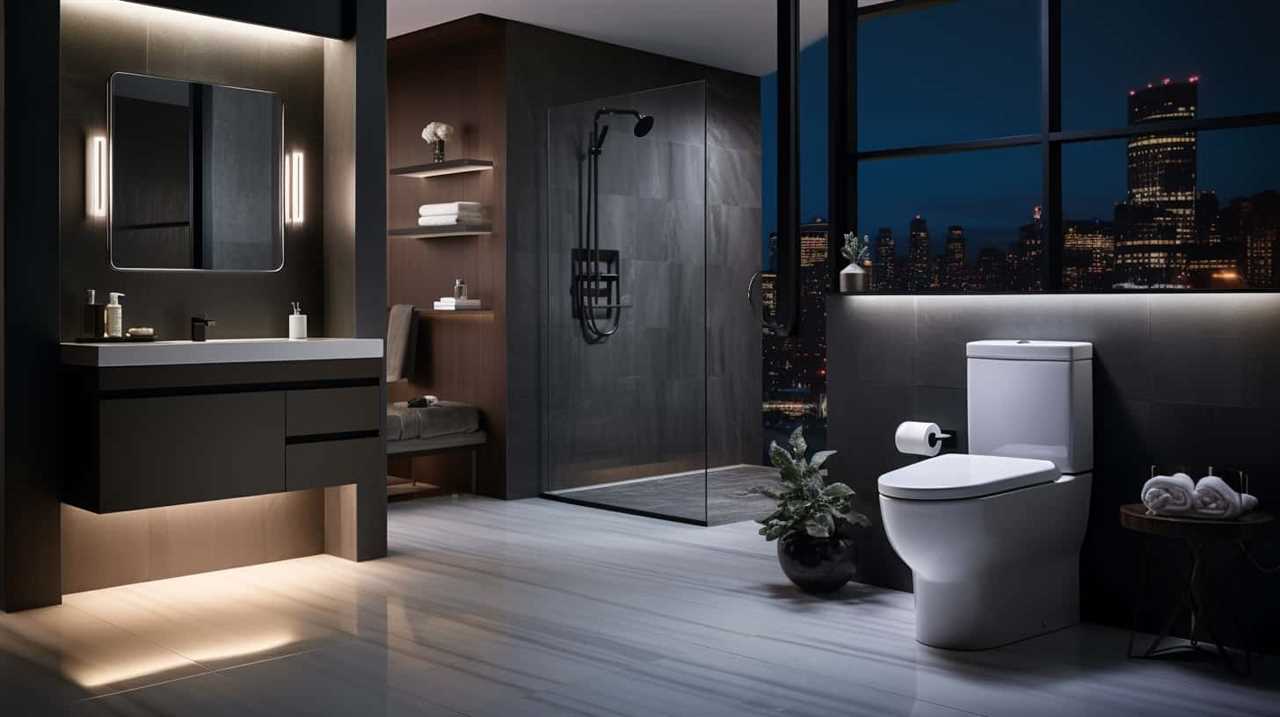
Is It Possible to Fix a Malfunctioning Fill Valve on My Own, or Should I Call a Professional Plumber?
We often wonder if we can fix a malfunctioning fill valve ourselves or if we should call a professional plumber. DIY troubleshooting tips can help, but regular maintenance is important for long-term functionality.
What Are Some Common Reasons for an Insufficient Water Supply to the Toilet, and How Can They Be Resolved?
Common solutions for insufficient water supply to the toilet include checking the water valve, ensuring the water supply is fully open, and clearing any clogs in the pipes. Increasing water flow can be achieved by adjusting the water level or replacing the fill valve.
Conclusion
In conclusion, when it comes to understanding why your toilet takes so long between flushes, there are several potential culprits to consider. Faulty flush valves, low water pressure, partially clogged pipes, malfunctioning fill valves, and insufficient water supply can all contribute to this frustrating issue.
By addressing these problems promptly, you can ensure a smoother and more efficient flushing experience, preventing any unwanted delays in the future. So don’t let your toilet become the slowpoke of the plumbing world; take action and keep things flowing smoothly.
